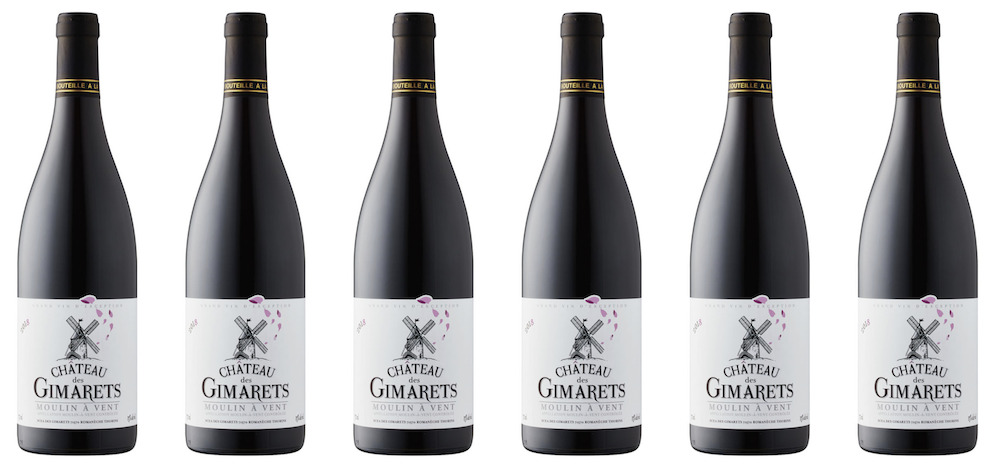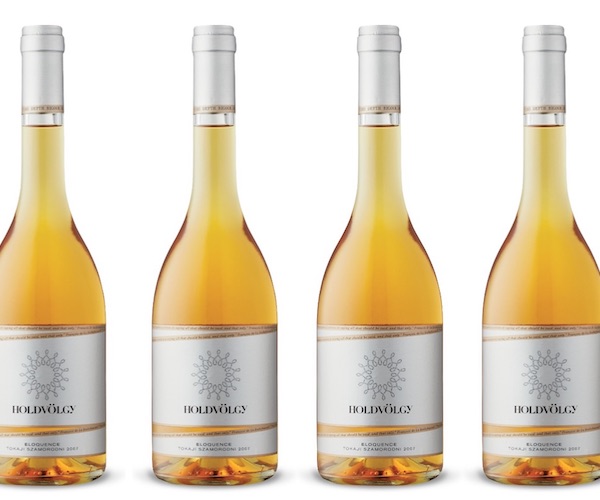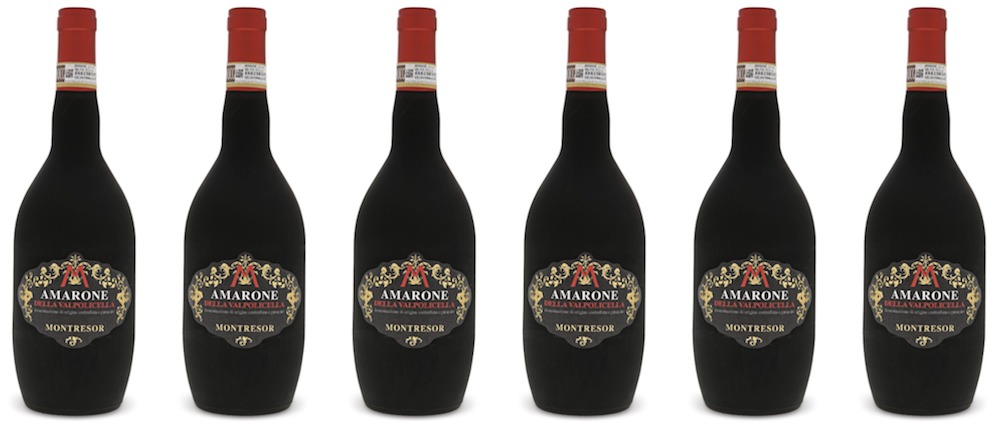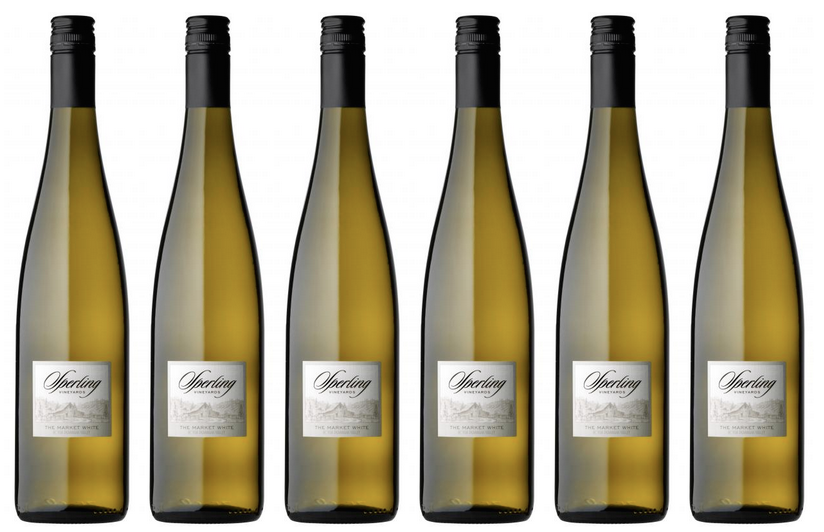2018 Château Gimarets Moulin à Vent, Beaujolias, France (Alcohol 13%, Residual Sugar 2 g/l) LCBO Vintages $18.95 (750 ml bottle)
Those readers with a more squeamish olfactory disposition may wish to close this browser tab right now, as this wine is an absolute stinker!
Don’t say I didn’t give you fair warning.
Just the other week I was singing the praises of how much I enjoy fresh, clean. modern wines, focusing upon a bottle of Bruce Jack Chenin Blanc as a perfect example of exactly what I meant by that.
Today I’d like to draw your attention to something at the other side of the spectrum; this bottle of 2018 Moulin à Vent Beaujolais positively reeks, but that’s not necessarily a bad thing.
My tolerance for the non-sporing genus of spoilage yeast known as brettanomyces (or brett for short) appears to fluctuate according to my mood/atmospheric pressure/phases of the moon/who knows? But I have to tell you that I have a lot of love for this particularly bretty bottling. While I’ll often balk at the idea of putting some of the brettier natural wines in my mouth, there’s something about this wine’s rustic charm that pushes all the right buttons, and it’s become a favourite of mine over the past few months.
The bouquet is certainly barnyard in nature, a term often used by wine writers attempting to be polite about the fact that it smalls like s***… but in a good way. Confusing?
While the whole concept of finding pleasure in a wine with such odiferous assets may seem peculiar, if not completely insane, to many, it’s an olfactory element that many oenophiles actively seek out, particularly when it comes to the wines of Burgundy, and Beaujolais is part of Burgundy, remember?
Moulin à Vent’s granitic soils are responsible for some of the most admired and age-worthy of Beaujolais, and Château Gimarets gave been working these historied hillside soils since 1650, so I guess they have a handle on what they are doing, and it’s apparent in the glass that they are traditionalists at heart.
It’s worth nothing that this wine is 2018, so any floral elements have faded and given way to earthy, herbal underbrush notes, garrigue-esque, if you will. The fruit has also evolved into a stew of dark cooked fruits with hints of old leather and pipe tobacco. And then there’s the s*** barnyard.
On the palate the tannins are still present, and perhaps firmer and more drying than one would expect. The rusticity of the nose spills over into the mid-palate and continues into the finish, so if you aren’t a fan of barnyard you are going to really dislike this, as the taste lingers.
I think it’s a cracking bottle of Beaujolais, and very decently priced, but perhaps not for everyone… which means all the more for those of us who do enjoy it.
![]()
(Four out of a possible five apples)







